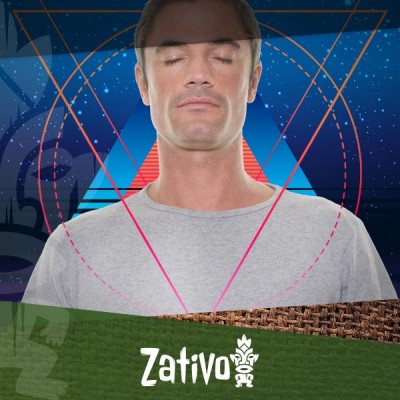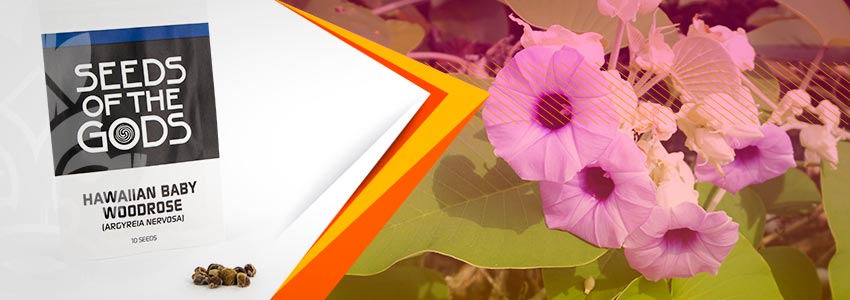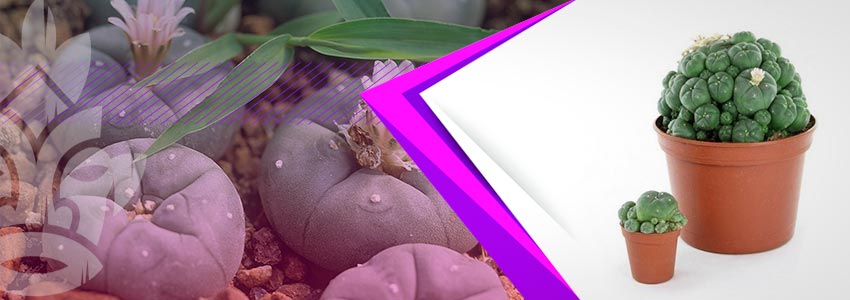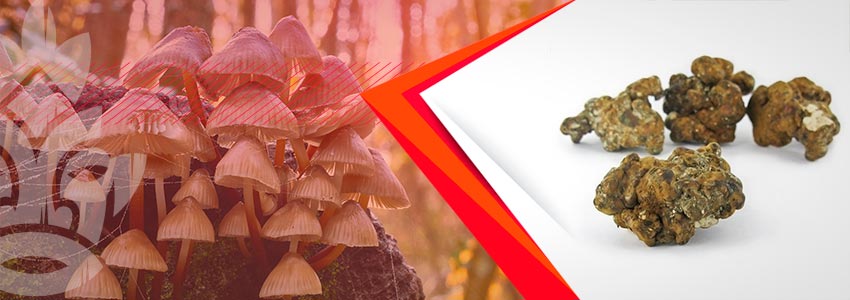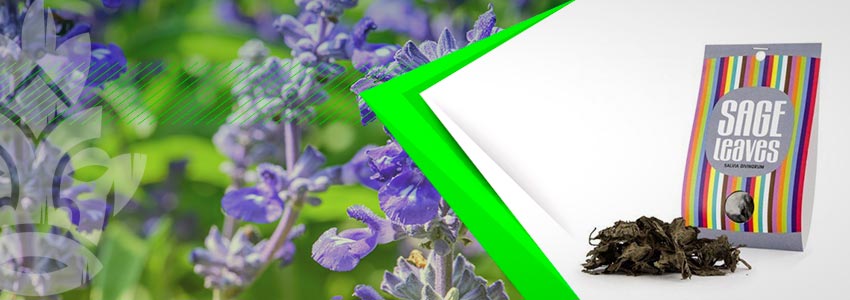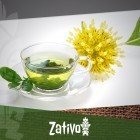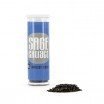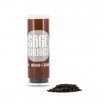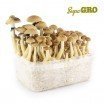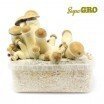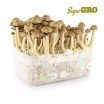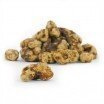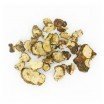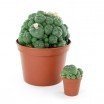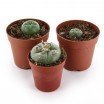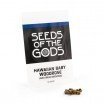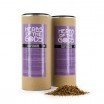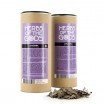Don't have an account?
Register NowYou have to add to cart at least 5 bottles or any program to make checkout.
- BlogZativo's Top 4 Natural Psychedelics
Zativo's Top 4 Natural Psychedelics
Published: May 31st, 2018
Categories:
Magic Mushrooms • Plants and Seeds
Psychedelics are chemical substances that can expand our minds. This is a very broad and unscientific description. However, the truth is that each type of hallucinogen is profoundly unique, and individuals may have radically different experiences with each of them.
You can classify psychedelics in numerous ways, one of which being natural versus synthetic formulas. Please do not assume that natural means safer. Nature concocts some of the most potent stuff around, and should be treated with the same level of respect and responsibility as laboratory drugs. On the other hand, nature also produces some of the safest active ingredients one can use. Information is key.
Psychedelics modulate the senses and the mind. They can induce several types of sensorial hallucinations, and even open hidden doors of inner perception. Here are our top 4 natural psychedelics that are legal to buy in most countries. Please do check your local laws before purchasing. Are you ready to become all-natural psychonaut? Let's go!
HAWAIIAN BABY WOODROSE (Argyreia Nervosa)
Contrary to what the name might imply, Argyreia nervosa is not native to Hawaii, but rather to India. This perennial climbing vine produces seeds that contain a tryptamine called d-lysergic acid amide, LSA. Curiously, this tryptamine is a precursor to LSD in the lab, so it really is nature’s version of LSD. These seeds should be consumed in moderation, no more than 2g per trip. More than this may cause rather unpleasant digestive issues, nausea, vertigo, and blurred vision.
Below this threshold for unpleasantness, however, you will discover a 6–8 hour voyage of vivid colours and imagery, euphoria, relaxation, deep insights, and a feeling of oneness with all matter surrounding you. Regarding potency, it can vary from a cannabis-like high to alcohol-like intoxication, all the way to the feeling of being on LSD. People who take MAOIs should exercise extreme caution when considering consuming Hawaiian baby woodrose seeds.
PEYOTE
Peyote is the indigenous South American name for the Lophophora williamsii cactus. It contains several psychedelic ingredients, the most esteemed being mescaline. Not to be confused with the San Pedro cactus (Echinopsis pachanoi), although the two are similar, peyote is an entirely different species that contains more alkaloids and is generally considered to be more potent.
Personal experiences with peyote tend to vary widely between those taking the same dosage. Generally, when taking higher doses, you can expect a deeply mystical, transcendental experience and even the profoundly transformative “ego death”. Many even report contact with “little green aliens”. The onset of effects after ingesting the dried peyote buttons happens between 30 minutes to an hour. The peak experience is usually at the 2–4 hour mark, declining gradually for 6–8 hours.
MAGIC TRUFFLES AND MAGIC MUSHROOMS
Magic truffles and magic mushrooms can be considered the same thing, in practical terms. The difference is that mushrooms are the fruit of the mycelium that we see pop out of the ground. Truffles are sclerotia, a hard, brownish mass that grows from the mycelium underground. The effects of the two are generally thought to be the same. Both contain the active ingredients psilocybin and psilocin. The only “difference” is that there are hundreds of species of psychedelic mushroom, so there is variability in the potency and qualitative experiences between them.
The cool thing about magic mushrooms is that they are very manageable and easy to handle. Once you establish the potency of a batch, you can dose to specific threshold levels where the effects can go from cognitive performance boosting (microdosing), to slight euphoria, all the way to extreme hallucinations and dissociative states.
Today, psilocybin is an under-the-radar compound with the potential to treat mood and anxiety disorders. In 2017, the Global Drug Survey, the most significant and comprehensive statistical report on the subject, considered magic mushrooms to be the safest of all legal and illegal recreational drugs.
SALVIA
Salvia divinorum is another mystery to be solved. Used for centuries by the Mazatec, Zapotec, and Mixtec tribes surrounding the Oaxaca Aztec regions of Mexico, it is an integral part of their culture and a means of communicating with spirits.
What is particularly fascinating about salvia is that it reproduces vegetatively, and rarely produces seeds. And when it does, only 2% of them are viable. And this number drops below 1% within just a few days. This defies statistical chances for survival and natural propagation of the species. However, they are abundant in very secretive places that only the shaman know of. There is a strict code of secrecy surrounding the plant itself. It is thought that they discovered cloning techniques and selectively bred and maintained the Salvia divinorum lineage for centuries.
When dried, you can smoke salvia. It is available in several degrees of potency, generally described as 1x, 5x, 10x, 20x, 30x and 40x. The onset of effects happens within minutes and doesn’t last very long—from a few minutes to half an hour. At the lowest potency, you will feel a mild buzz. Going up the scale, it is often normal to laugh uncontrollably. Various sensorial changes may happen to sound and vision. At higher dosages, you can quickly dissociate from your body and enter a new realm of experience—qualitatively different than DMT, but still floating around in an indescribable novel universe.

